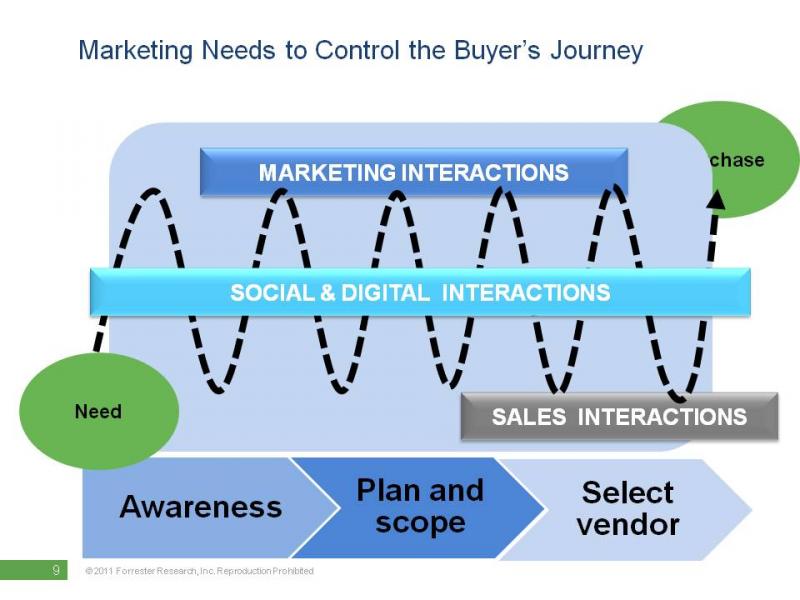Yes, Content Must Be Managed Internally As Well
Peter O'Neill here. My first report on content management came out last week and it has already generated several conversations – please keep those comments and inquiry requests coming. Content management was also a significant part of a one-day workshop I delivered to a client in Lisbon last week. They offer eProcurement and eMarketing software-as-a-service. So an interesting discussion we had was, “Do you need different content as a SaaS provider compared to a product vendor?” We concluded that the information would be the same, but the sense of urgency about delivering digital content to a SaaS audience is greater than a more conventional buyer community, which changes the content style and vehicles. This question is on my 2012 research calendar and will be the basis for a report later in the year, so I would love to hear your opinions on that one.
Another talking point from the report is the link between creating content and keeping the sales force informed. As cited in the report, the old days of purely print content usually just fed glossy and expensively produced paper onto shelves of collateral in the sales offices, and most sales reps didn’t even know about it (or could remember at the right time) so it was often wasted. With digital content provided over social media engagements, marketing is communicating with potential buyers outside of the sales rep or channel partner discussion (see below). So when producing or publishing content, marketing needs to ensure that its sales colleagues know about the content plus, ideally, details about how the buyer consumes the content. My vision would be that the CRM system, which sales people would refer to before meeting a contact, provides this advice: contact just downloaded this paper or watched this webinar; contact commented on this blog, as follows; contact indicated this interest; and so on. This idea was cited in that Monty Python style blog I posted last year (which still generates many comments, thank you).

As shown above, marketing will be communicating with prospects during 70% to 80% of the buyer’s journey. Focusing sales on that last 30%, where they can really perform and apply their unique personal skills, is an important part of what we call the “need-match-engage” interaction model.
But it also raises a new responsibility to marketing – make sure your sales colleagues go to their client meetings fully informed of all interactions with the brand they represent. When I advise tech marketers about content management, I always stress that a portion of the project spend must include internal communications. Indeed, when Forrester analysts research for and write a Thought Leadership Paper (TLP) for vendor clients, we usually propose what we call a “TLP+” supplementary deliverable: writing a sales guide, battle card, some sort of internal sales document which explains how and when to apply the TLP as a collateral piece.
Agree? Disagree? Need more details? As always, I’d love to hear from you on this and other topics.
Always keeping you informed! Peter